
Disaster summit aims to tame nature’s fury

Specialists from around the world, including Switzerland, are meeting in Japan this week to discuss ways of limiting the deadly impact of natural disasters.
The devastating Indian Ocean tsunami is top of the meeting’s agenda, as officials from 70 nations work to prevent similar catastrophes from happening again.
The World Conference on Disaster Reduction, which runs until Saturday, is taking place in the Japanese city of Kobe, which was rocked by a killer earthquake in January 1995.
“What we would like to see is a shift in the cultural approach to disasters in many countries,” said Marco Ferrari, a member of the Swiss delegation.
“This means integrating local and federal officials, as well as scientists and insurance companies, into a legal framework for risk reduction,” he told swissinfo.
“Only then can many countries take steps towards monitoring and early warning systems.”
Early warnings
The aim of the Kobe conference is to come up with a strategy and ten-year action plan to reduce the risks of natural hazards – such as earthquakes, floods and droughts – around the world.
According to the United Nations emergency relief coordinator, Jan Egeland, these types of events affect as many, if not more, people than human conflicts.
But unlike the impact of wars and fighting, Egeland says the consequences of nature’s violence can often be averted.
“We understand these [natural] hazards and there are ways to prepare communities and individuals to deal with them,” Egeland said.
The talks are expected to focus heavily on building up the resilience of nations and communities to disasters, such as the December 26 tsunami, which killed at least 150,000 people and left around five million people lacking basic services.
The meeting was planned long before the killer waves struck Asian coastlines, but Ferrari says the tragedy underscores the fact that a lack of early warnings and preparedness can mean the difference between life and death.
“Natural disasters will arise, earthquakes will continue and the results may be terrible,” said Ferrari. “But we hope that the tsunami disaster will serve as a dramatic example that something could have been done, and should be done, to prevent such a loss of life.”
“It’s not simply the fault of the affected countries,” he added. “Everyone has a role to play in assuming responsibility for risk reduction, especially the international community.”
Perilous mountains
The vulnerability of island and coastal regions is likely to dominate the discussions but Switzerland is hoping to highlight the needs of mountainous areas as well.
The Swiss National Platform for Natural Hazards (PLANAT) and the Swiss Agency for Development and Cooperation (SDC) are due to give a thematic presentation based on the country’s extensive experience involving mountainous disasters, such as avalanches and landslides.
The workshop is expected to use the example of the Valais region, where various natural hazards exist and where a number of major disasters have occurred in recent years, to outline Switzerland’s disaster reduction policy.
The Swiss framework is based on a “holistic” approach, involving prevention, response and recovery, as well as dialogue with disaster relief experts and affected populations.
Ferrari said a key element of the session would be to highlight Swiss relations with other nations and the importance of information-sharing.
“When it comes to avalanches and water-related issues, such as glacial melting or river flooding, the Swiss have quite a lot to share,” said Ferrari.
“These types of workshops also allow us to learn from the experiences of other countries and bring valuable knowledge back to Switzerland.”
swissinfo, Anna Nelson
The first World Conference on Disaster Reduction took place in Yokohama in May 1994 and set out guidelines for the prevention, preparedness and lessening of disaster risk over the past ten years.
This week’s meeting in Kobe, Japan, will take stock of progress made since then and define a new plan of action for 2005 to 2015.
More than 6,400 people were killed and over 40,000 injured in the Kobe quake on 17 January, 1995.
Last December an undersea tremor off the coast of Sumatra caused a tsunami that killed over 150,000 people in southeast Asia.
The UN wants a worldwide warning system for natural disasters and for possible rising sea levels caused by global warming.

In compliance with the JTI standards
More: SWI swissinfo.ch certified by the Journalism Trust Initiative

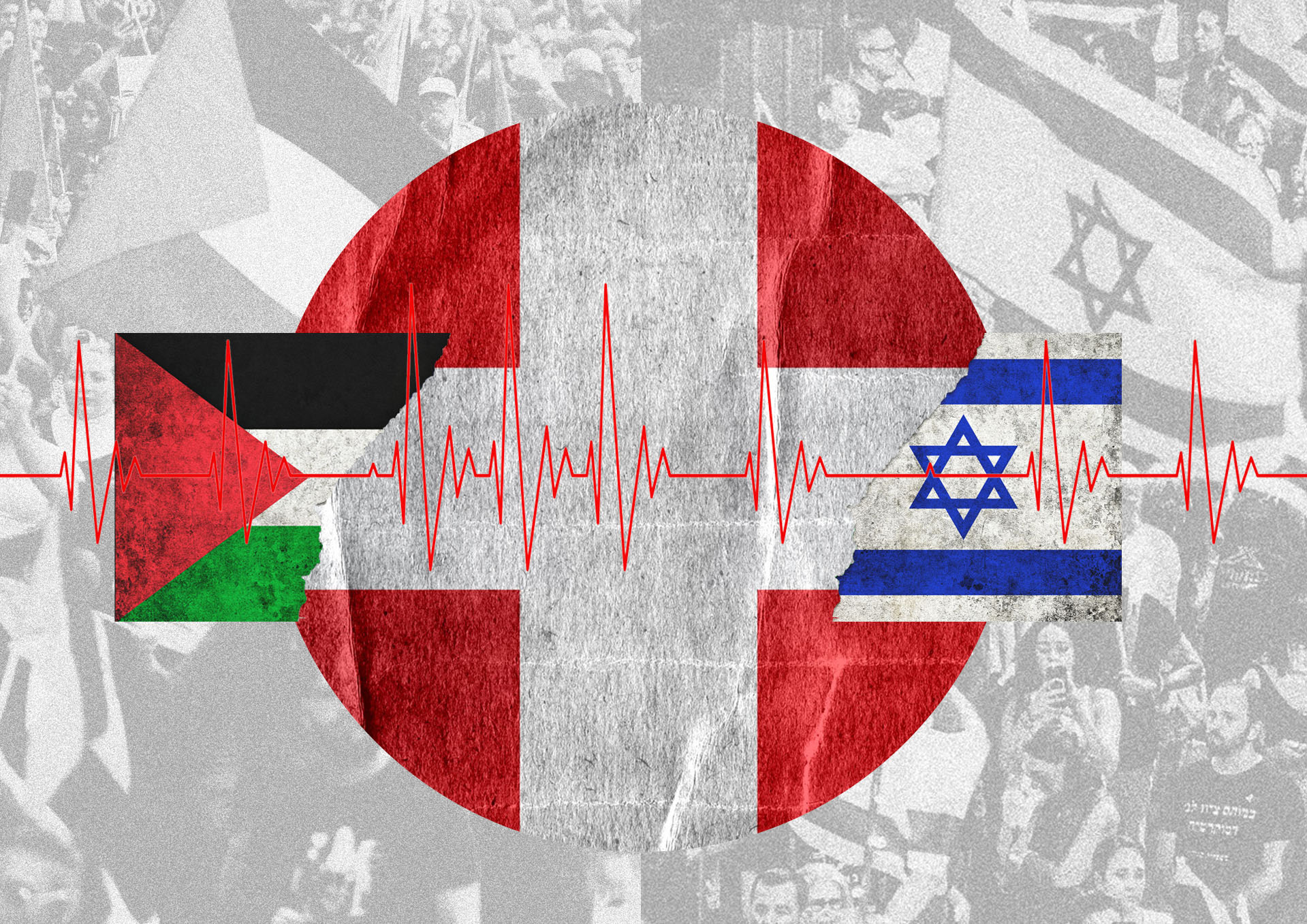




















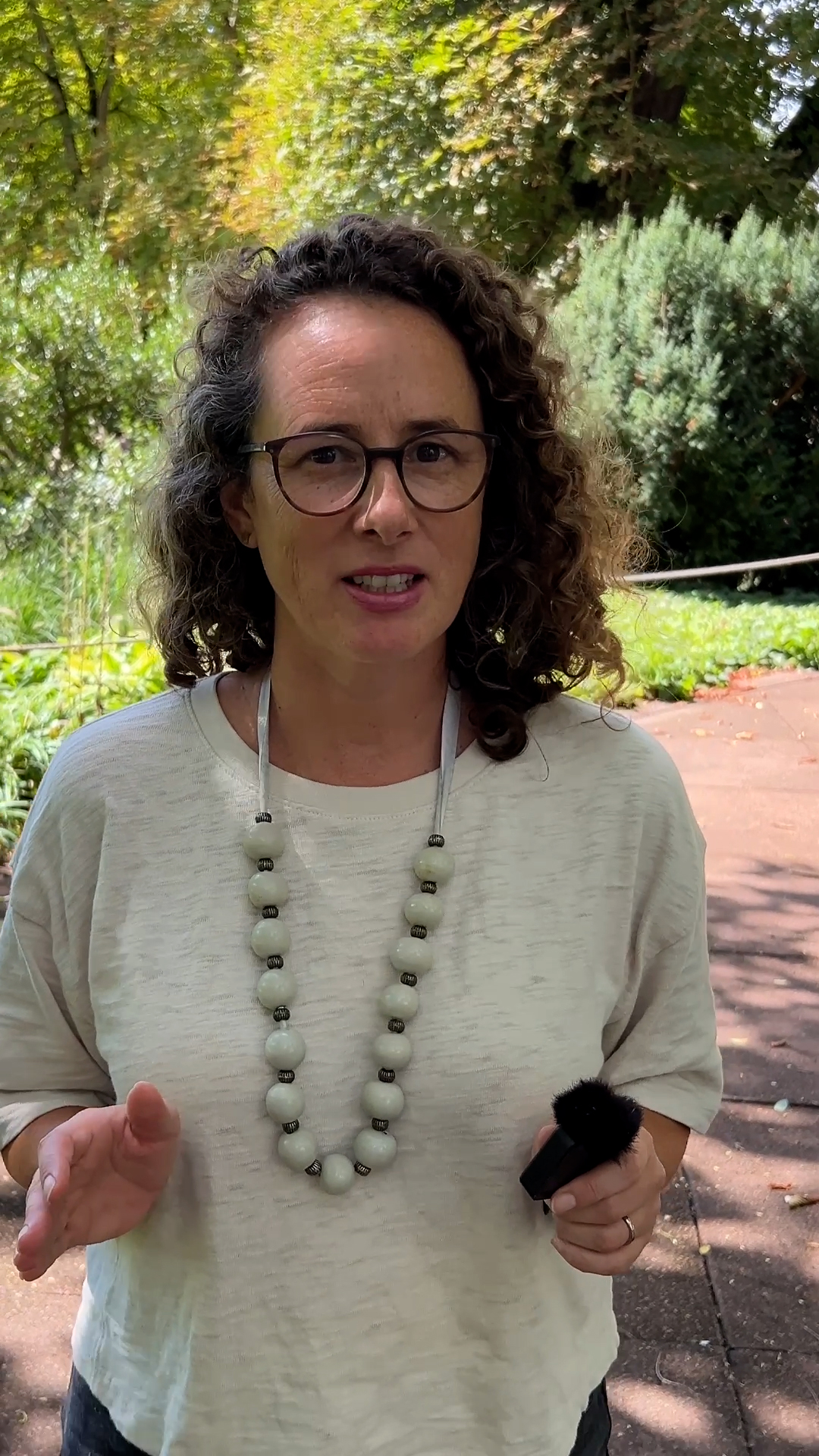





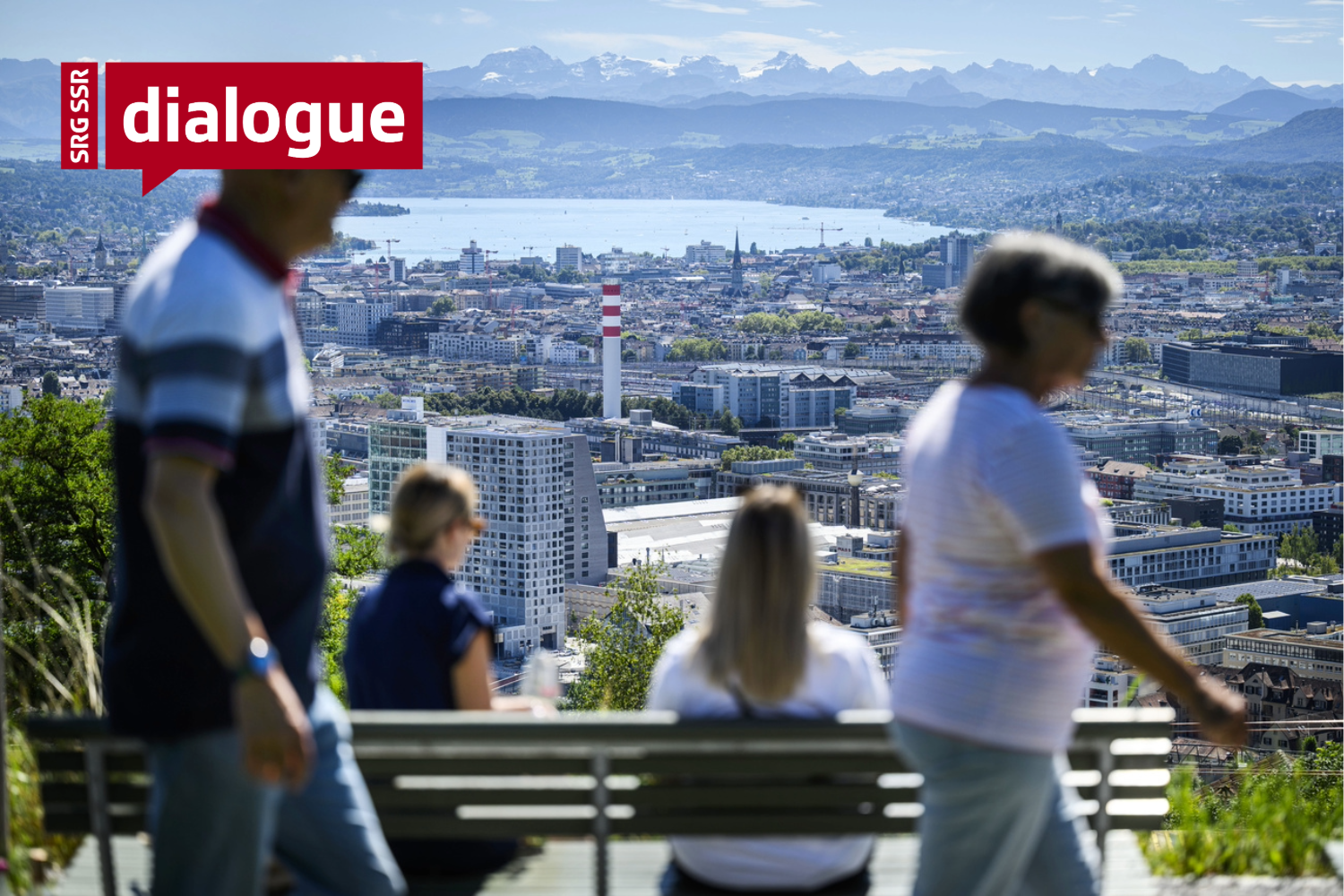










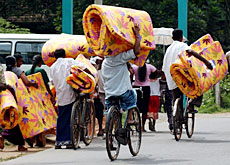
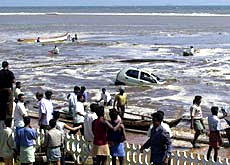

You can find an overview of ongoing debates with our journalists here . Please join us!
If you want to start a conversation about a topic raised in this article or want to report factual errors, email us at english@swissinfo.ch.